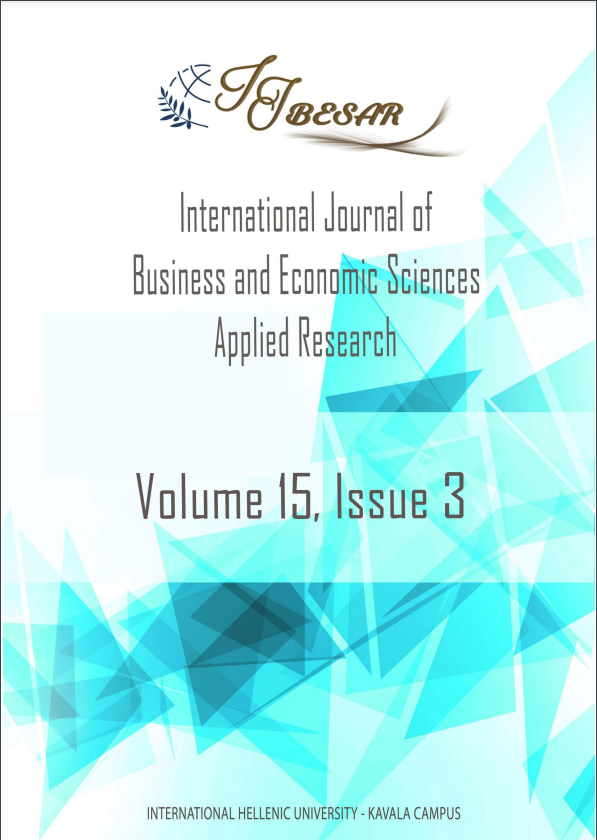Modifications on Book-Valued Ratios
Modifications on Book-Valued Ratios
Author(s): Catherine GeorgiouSubject(s): Economy, Financial Markets
Published by: Τεχνολογικό Εκπαιδευτικό Ίδρυμα Ανατολικής Μακεδονίας και Θράκης
Keywords: book-market ratio; modified book-market ratio; book-valued ratios; non-stationary ratios; modified ratios; return predictability;
Summary/Abstract: Purpose: In this paper we try to explain US stock market variations and cash flow fundamentals by employing three different book-valued based ratios. First, we explore the explanatory capacity of the simple book-market ratio on time-varying expected returns, and procced on altering its construction so as to enhance its performance. We then run the extra mile by constructing two new ratios, the book-dividends and book-earnings ratios based on the long-run equilibrium relationships between book, dividends and earnings. Our analysis includes evidence of predictability on dividend and earnings growth rates on the S&P 500 for the most recent sample period 1926-2018. We also investigate the ratios’ forecastability by sub-sampling. Design/methodology/approach: We commence our analysis with the conventional book-market (bm) ratio and by failing to reject the hypothesis of a unit root, we propose the modified book-market (mbm) ratio, whose construction is based on the long-run equilibrium relationship between book (b) and market (m) values. We proceed on associating book values to dividends and earnings series and fix the book-earnings (be) and the dividend-book (db) ratios. We similarly modify be and db, and examine their forecasting performance on returns, dividend and earnings growth. Findings: In-sample evidence suggests that an investor who employs mbm can improve its forecasts by 37% and 41% in the 7- and 10-year return horizon, while the modified dividend-book (mdb) proves even more beneficial by explaining 53% and 59% in similar return horizons. Our modified book-earnings (mbe) has a very good in-sample fit to the earnings growth data unlike the rest of the predictors. With respect to the out-of-sample performance, mbm manages to surpass the simplistic forecast benchmark only at the 10-year horizon by 15% while mdb attains an impressive of 47% and 71% at the 7- and 10-year return horizon. Research limitations/implications: Further research is required so as to solve the earnings puzzle in terms of forecasting along with the necessity to understand the economical sources behind non-stationarity in valuation ratios. Originality/value: We believe that our paper may prove enlightening to investors focused on portfolio allocation and asset pricing and scholars interested in return forecasting, capital budgeting and risk identification.
Journal: International Journal of Business and Economic Sciences Applied Research (IJBESAR)
- Issue Year: 15/2022
- Issue No: 3
- Page Range: 24-37
- Page Count: 14
- Language: English

